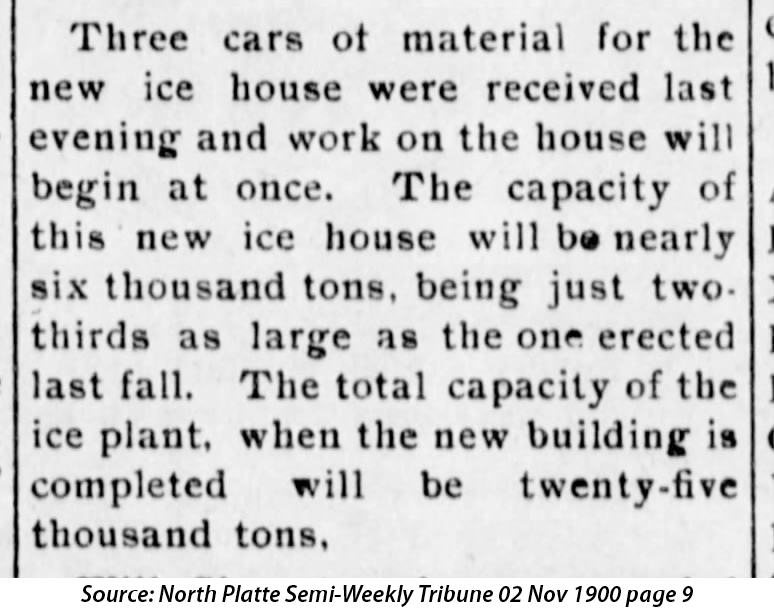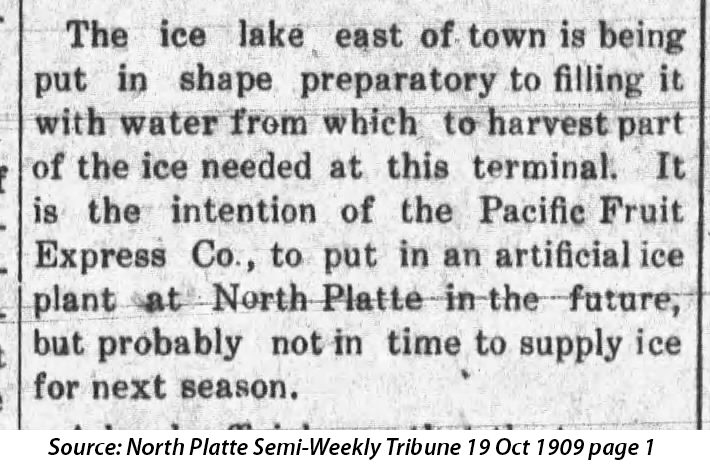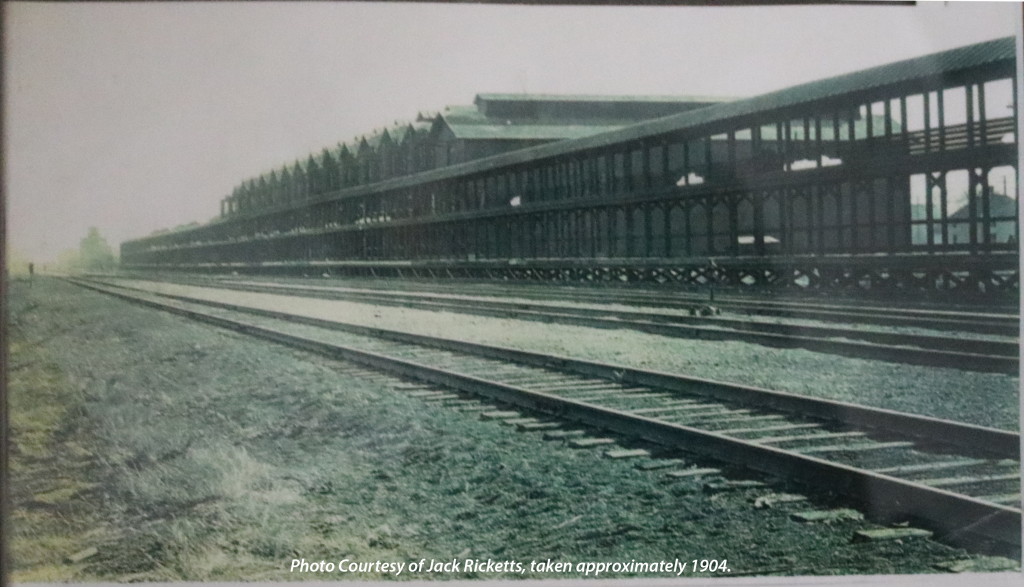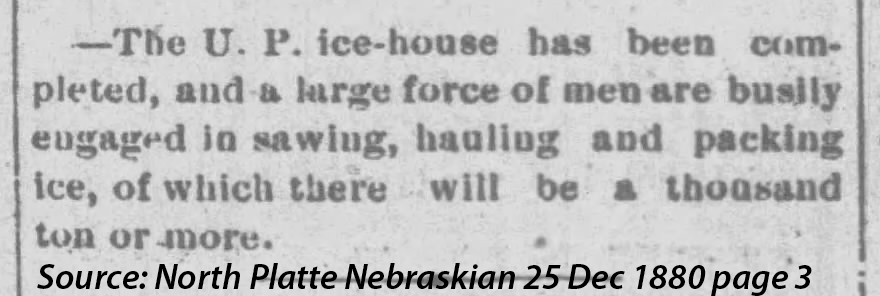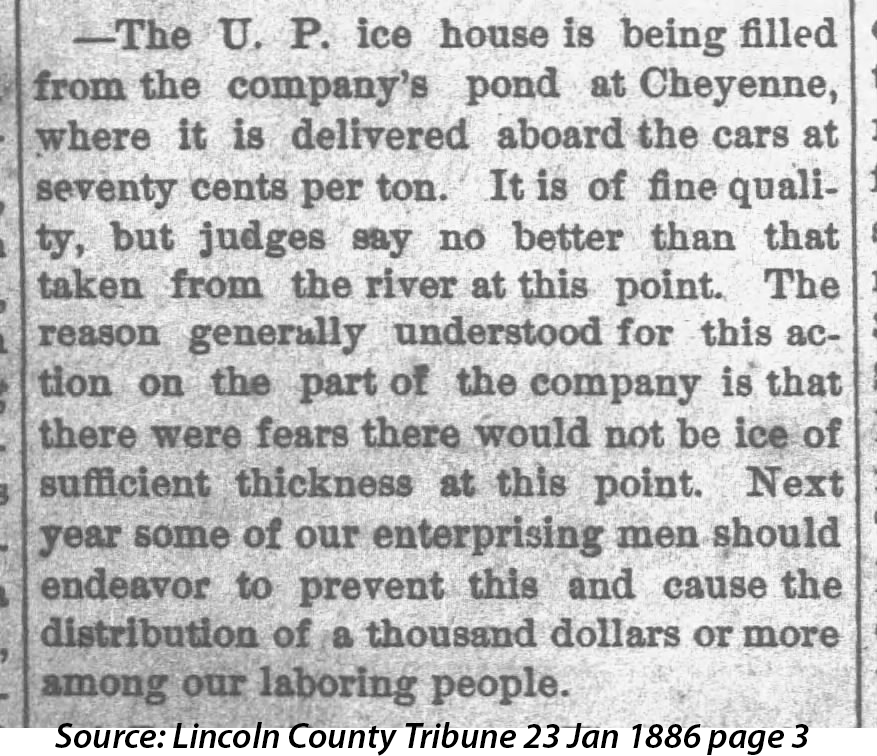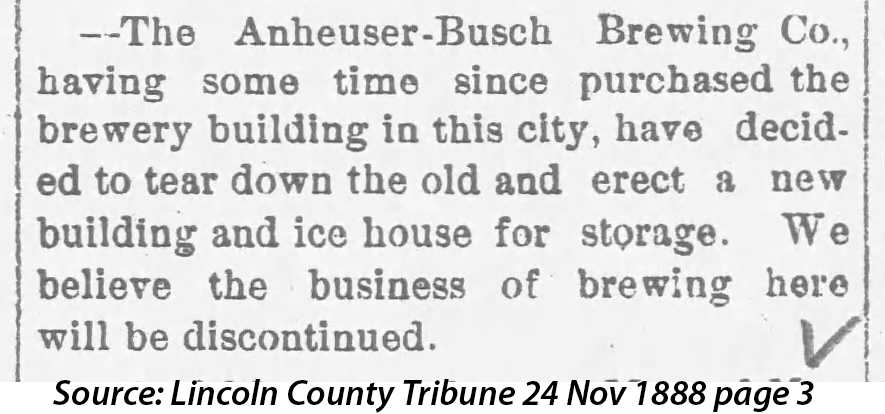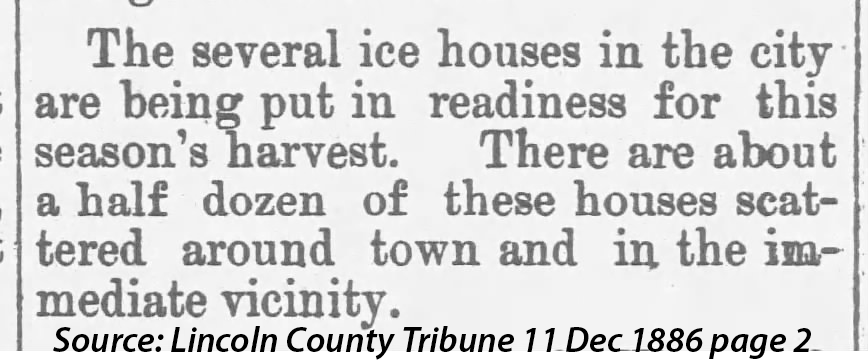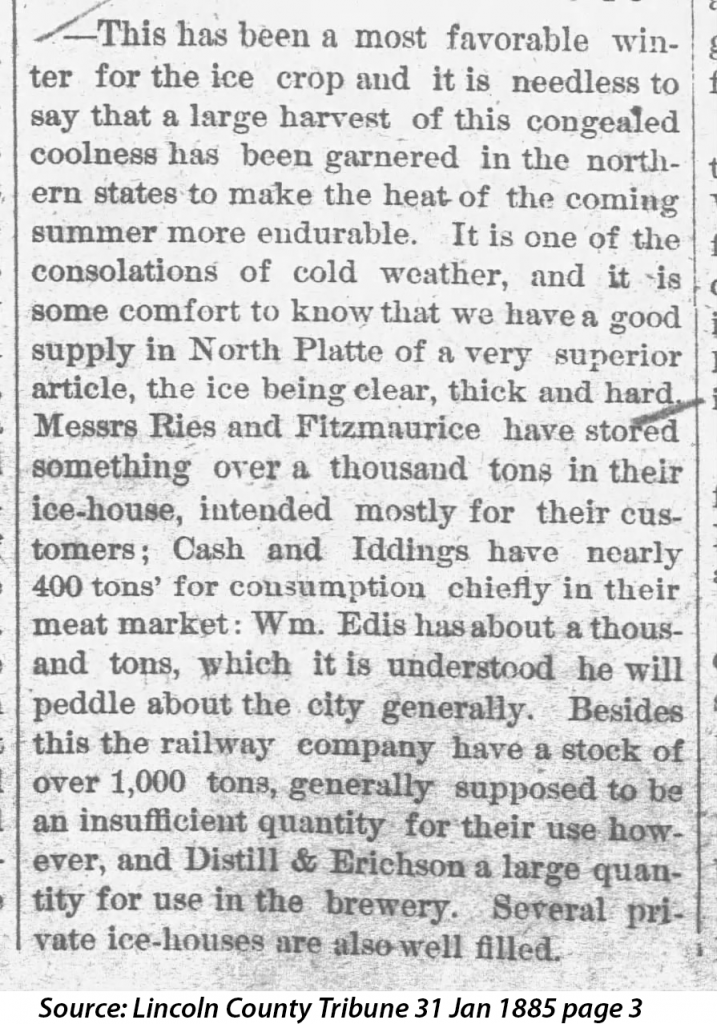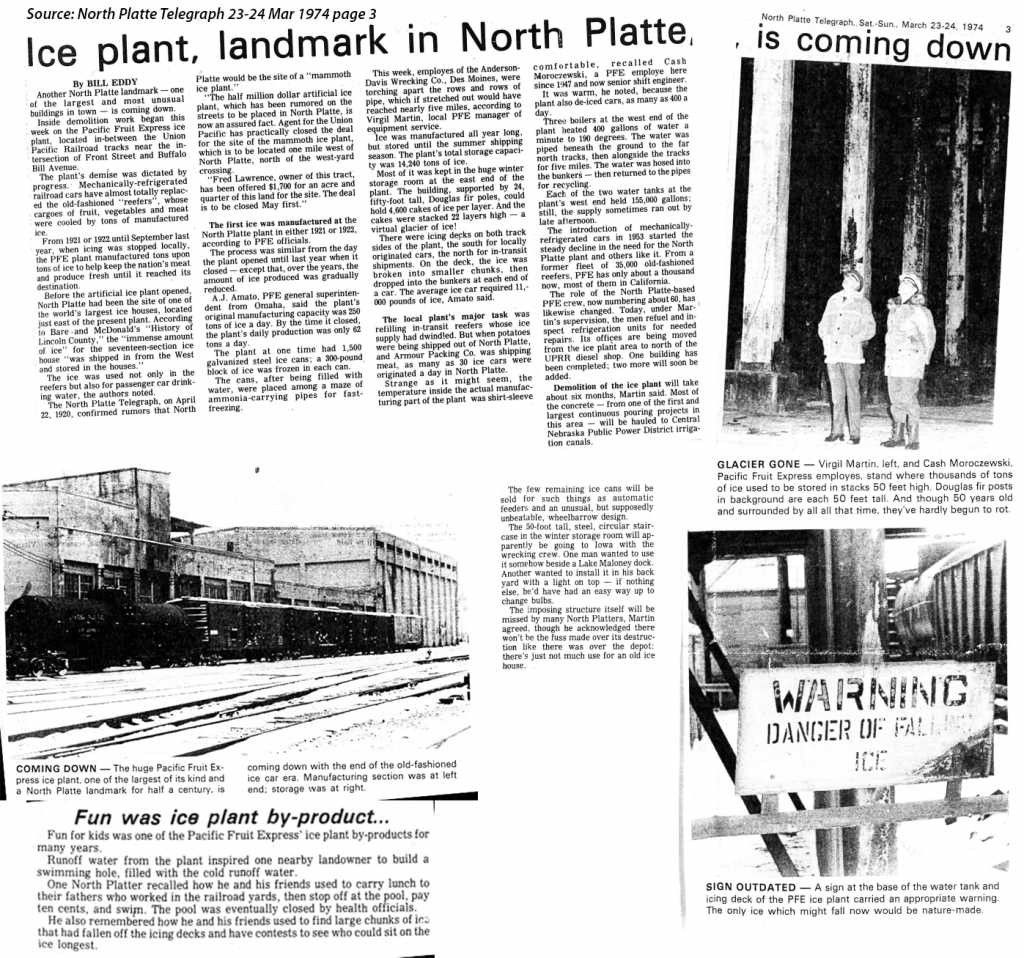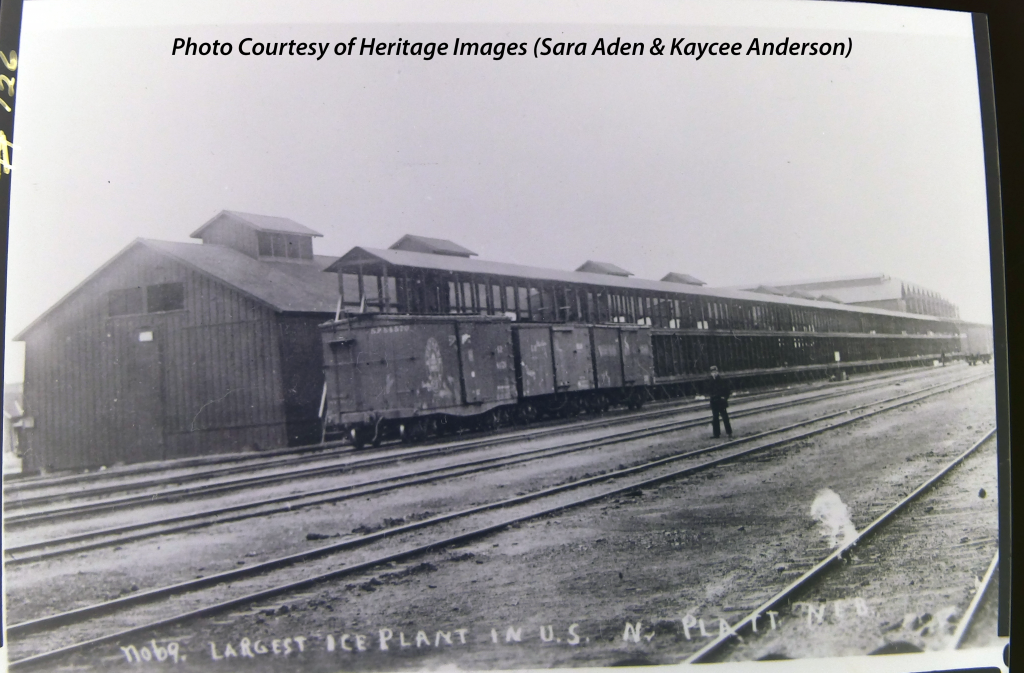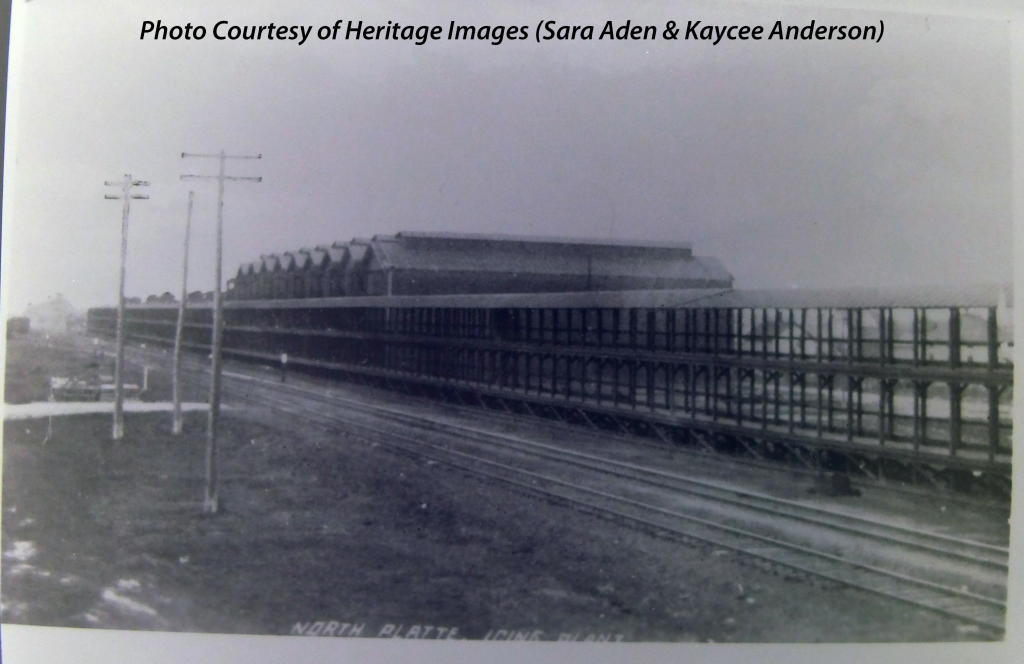Originally published on Facebook October 15, 2021.
All during the month of October, North Platte History Fridays are going to feature the people who were impacted the most by Annie Cook. Today, we are looking at the life of Annie and Frank Cook’s only child: Clara Amelia Cook. If you want to know more about Annie, be sure to check out the book “Evil Obsession” by Nellie Snyder Yost.
Clara Amelia Cook was born on February 21, 1894 to Annie and Frank Cook in Hershey, Nebraska. If there actually was one person that Annie actually liked and perhaps felt love for, it was her daughter Clara. Sadly, Annie taught her daughter to love money, the manipulation of men, and her constant need to make more money. It is unknown what Clara’s childhood was actually like, but it is likely that Annie forced her to work as hard as a worker, as well as taught her the value of money.
In the book Evil Obsession, it is mentioned that when Clara was approximately 12-13 years old, Annie took her to meet “Jane” in Omaha to train her to work in a brothel. It is suggested that Jane was a Madam of several houses of prostitution; and taught both Annie and Clara how to use sex as a weapon and make money with their bodies. Upon their return to North Platte, Annie started Clara working in the North Platte brothels she owned. It is rumored that Annie forced Clara to have a hysterectomy so she wouldn’t get pregnant. Clara shared her mother’s love of money and seemed to be following in her footsteps. She was willing to do anything to make her own money.
Researchers found several marriages for Clara. Her first marriage come on October 9, 1909. She married a William H VanLue, age 26. Newspaper reports state that she was 16, but if you do the math, she was actually 15 years old.
A year later, on December 6, 1910, Steve Papus, a Greek gentleman proposed to Clara. He gave her $100 cash at the proposal and a $200 certified check if she would marry him. Clara said yes!
Mind you, she was still married to VanLue at this point. Four days later, on December 20, 1910, Clara wrote the editor of the newspaper stating that she was a married woman and that the marriage proposal was untrue. <See newspaper editorial rebuttal> A few days after that, Pappas said Clara would not return his money to him! A newspaper reporter joked that they hoped he learned a valuable lesson about paying a bride to be in advance of the wedding.
On August 3, 1911, researchers found a petition to divorce William and Clara VanLue because William was charged with extreme cruelty against Clara. The divorce was granted made final on September 11, 1911. Clara was age 17.
Then on March 11, 1912, a marriage license was returned to the courthouse unused, as Clara could not muster up courage to marry a Joseph Possa (unsure of surname spelling-could be Passa or Posso). But by November 6, 1913, Joseph Passa and Clara were married. It is unclear what happened to this marriage, because a divorce cannot be found. There are a few Joseph Posso/Passo in WWI and WWII, but none can be traced back to Clara or North Platte. So Clara’s story moves on, under the assumption that either Clara divorced or Annie drove Joseph Possa away by 1913. And most likely, Clara went back to prostitution.
Now, throughout North Platte’s early years, there were always folks down on their luck and the first newspaper accounting of a “Poor Home” or “Poor Farm” was April 25, 1885. The newspaper states that the “The Rowley property was selected as a poor farm, the consideration being $1,600 to be paid on the 20th of June by warrants.” in the County Commissioner Proceedings notes. Over the years, the Poor Farm change hands from person to person. But, in 1923, the County awarded the Poor Farm contract to Clara Cook and she held that contract until her death in 1934. Over the years, Clara collected between $62 and $300 per month to take care of the people living at the poor farm. In 1923 dollars, $62 dollars would be worth approximately $994 based on average inflation rates. She would take care of anywhere from 2-20 persons with this money. And, of course, all poor farm inmates (as they were called back then), worked hard on Annie’s farm. As early as 1924, there were suspicions that the County Funds were not going to the Poor Farm inmates, but to the Cooks; however, no one would speak openly about this. <See newspaper article on the Poor Farm from 1924>
There are several newspaper articles and the book, Evil Obsession mentions that the Poor Farm Inmates were forced to work on Annie’s farm. They were fed meager rations and many died from malnutrition or were simply worked to death.
By 1934, Clara was making decent money from the Poor Farm income; and most likely had stopped working as a prostitute. Clara and Annie did fight on just about any subject on a regular basis, but especially money. Annie may have loved Clara, but she certainly did not share her money with Clara; she expected Clara to make her own money.
Suddenly, at age 38, Clara died.
From the book “Evil Obsession” by Nellie Snyder Yost:
Liz said “You won’t believe this, but Annie just killed Clara.”
“How?” said Joe.
“Well, they’d been fighting all morning,” Liz replied, picking her words carefully. “Finally, Clara yelled to Annie, “I don’t give a damn what you do, and she run outta the kitchen to the yard, here. Then Annie grabbed the lid lifter off the stove and run after her. I come out, too, and I saw Annie throw the lifter at Clara. It hit her right here,” Liz put her hand to the right side of her head, a little toward the back, then paused again, as if it were hard for her to find the right words to go on.
Well, then Clara begins to run around this tree, around and around, two or three times, like a chicken with it’s head cut off, and then she just fell down, dead.”
Evil Obsession (1991) by Nellie Snyder Yost, page 167.
However, according to the North Platte Bulletin Newspaper: “A victim of tragic error. Clara Cook, age 38, died yesterday morning when an inmate at the Poor Farm prepared a dose of disinfectant (Lysol) for her, thinking it was the medicine she had requested.” <see newspaper article>
No inmate or person was ever prosecuted for her death.
Clara Cook died May 29, 1934 and is buried in the North Platte Cemetery.
Drop back next week for more North Platte & Lincoln County history!








































